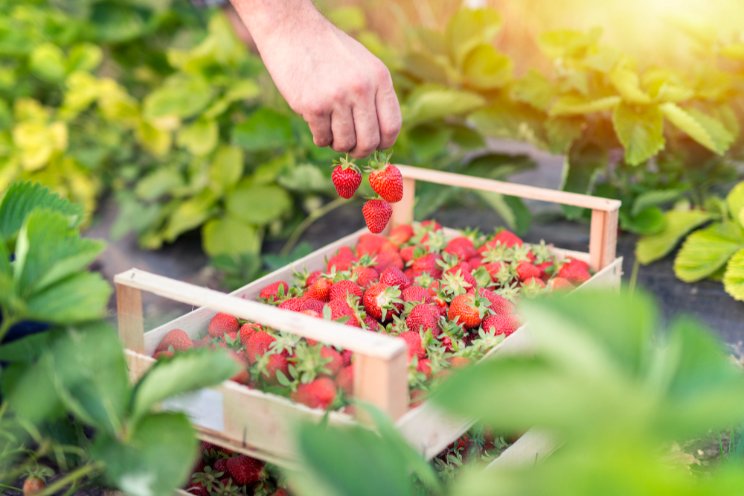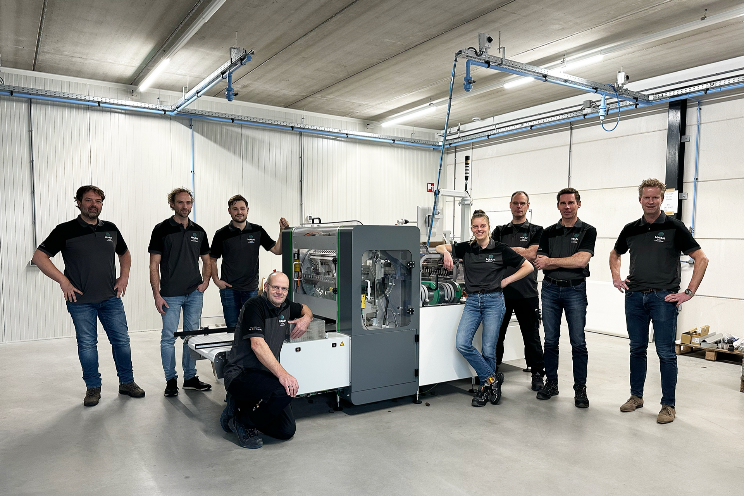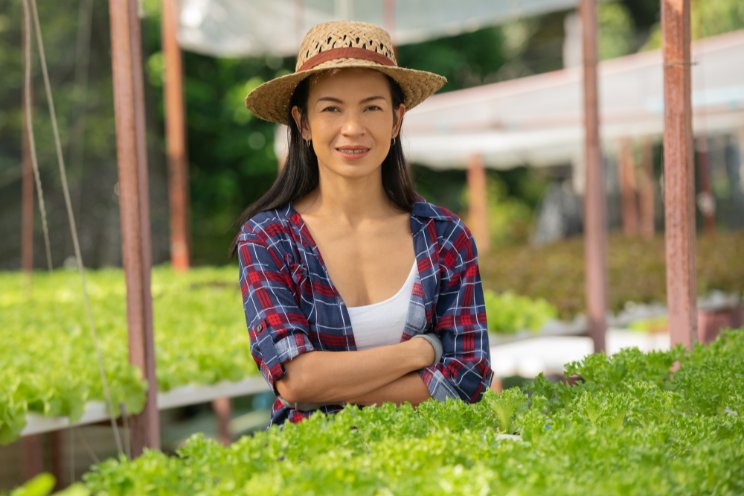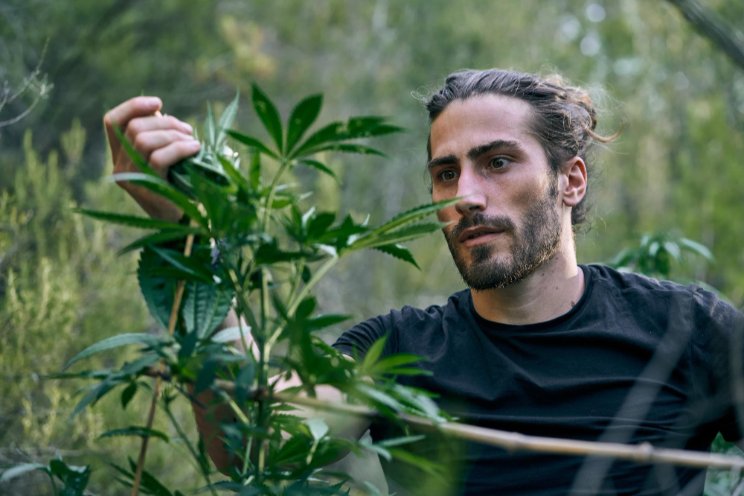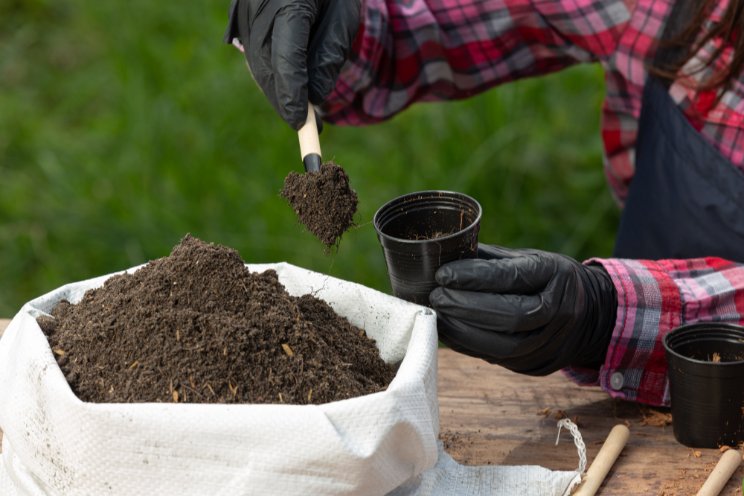Challenges in floriculture
Added on 03 February 2020
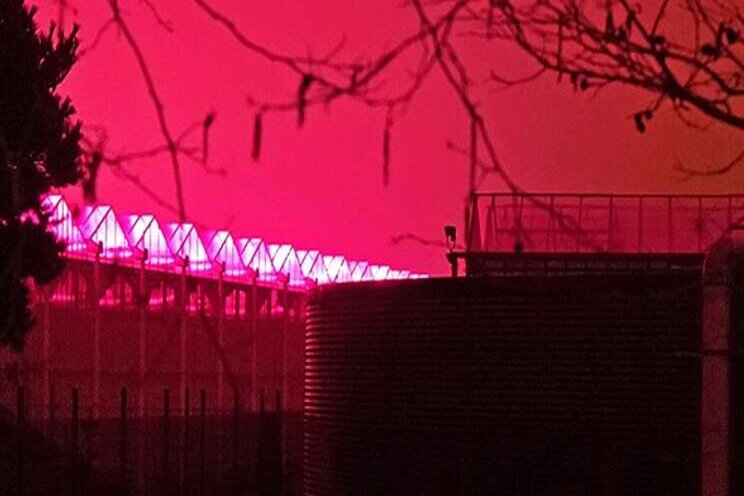
Durability
With sustainability and, therefore, energy-saving high on the agenda, Ter Laak in Wateringen realized the first daylight greenhouse in the world in 2018. With this daylight greenhouse, built by Technokas, the grower achieved an energy saving of no less than 50 percent. The daylight greenhouse can convert all incoming sunlight into energy, which is used to heat the entire greenhouse complex. Ter Laak grows Phalaenopsis orchids, a product that needs little sunlight. The incoming sunlight in the daylight greenhouse is mainly focused on two black-painted tubes under the greenhouse deck, which move with the position of the sun. The water in these tubes is heated and goes to an aboveground buffer or is stored in the soil to be used to heat the greenhouse later. The remaining sunlight, around 30 percent, is used for the cultivation of the Phalaenopsis. Ter Laak uses all the sunlight that enters the greenhouse. A new way of thinking made possible with a government grant from the Sustainable Energy Transition Stimulation Fund. A subsidy about which there was much uncertainty last year, but which will also be available in 2020 to build the daylight greenhouse.
Robotization
Increasingly expensive (flexible) labor means that there is an increasing demand for smart solutions such as the use of robotics. However, because robot arms without intelligence are not always suitable for use in horticulture, the innovative company ISO Group, together with RoboVision from Belgium, invests a lot in Artificial Intelligence (AI) applications. "Through various camera techniques and AI software, it becomes possible to use robots for plant handling. With these techniques, for example, potting, transplants, planting, and sorting (young) plants can be brought to a higher level", Raymond van den Berg from ISO Group explains. He expects these applications to take a flight in the coming years. "It makes it possible for growers to use robots and automation in various areas of the cultivation process. In tasks that have a highly repetitive character and, in particular, in cuttings, planting, and sorting." When using robotics, recognition, and interpretation of (young) plants and bulbs is very important. After all, plants are not always uniform. Since automation should never be at the expense of the quality of plant cultivation, excellent software and proper plant handling are very important in this.
Knowledge
The floriculture sector has always been faced with significant challenges, but the current ones sometimes seem more complex than ever. Climate change, CO 2 emissions, digitization, and blockchain technology, the rise of cryptocurrency, are not easy to cope with. This also applies to the solutions and the knowledge that we need to be able to find these solutions. This brings us to one of the major global challenges in the sector. Knowledge! Bringing knowledge home and keeping it at home. To be able to develop further, to be able to digitize further and robotize, and specifically for the Netherlands, to be able to maintain the leading position as a floriculture country.
Knowledge from other sectors and knowledge from cross-sector research in the sector. For this, in the Netherlands, a business initiative started; "Knowledge in your Greenhouse" - "Kennis in je Kas" (KijK). A research programme for cross-crop innovations that contribute to reinforcing the competition and continuity perspective of Dutch greenhouse horticulture. But also, the knowledge of (graduating) young people who do not always have the sector - with all its challenges - at the top of their wish list. We are working hard to reverse this. Entrepreneurs are increasingly inviting young people to come to the company to become acquainted with the possibilities within the sector. To walk with, to feel, to experience, to see with their own eyes how many opportunities the industry offers, but there is still a lot to be done.
Knowledge is also a significant challenge for countries that want to assert themselves more and more in the floriculture world in the future. They are looking for much-needed expertise in collaboration with Dutch companies and organizations. Last year, Dutch floriculture received delegations from countries such as Vietnam, Japan, Brazil, America, and China. Knowledge and high-tech innovations are shared in order to be able to grow flowers and food sustainably worldwide. An excellent example of this is the innovation park Sino-Dutch High-tech Agriculture Park, which even gets a replica of the innovation center of international greenhouse horticulture in Westland, World Horti Center.
Source and photo courtesy of Greentech
Source: Greentech
More news

